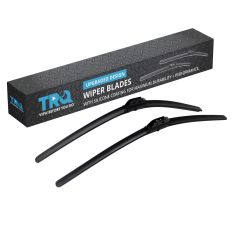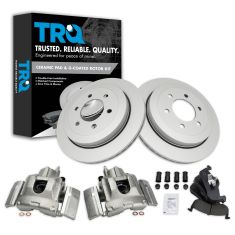1ABFS13827-Ford Expedition Lincoln Navigator Rear Ceramic Brake Pad & Rotor Kit with Calipers TRQ BKA26505









Replaces
2015 Ford Expedition Rear Ceramic Brake Pad & Rotor Kit with Calipers TRQ BKA26505





Recommended for your 2015 Ford Expedition
Product Reviews
Loading reviews
Customer Q&A
No questions have been asked about this item.
Ford is a registered trademark of Ford Motor Company. 1A Auto is not affiliated with or sponsored by Ford or Ford Motor Company.
See all trademarks.



















